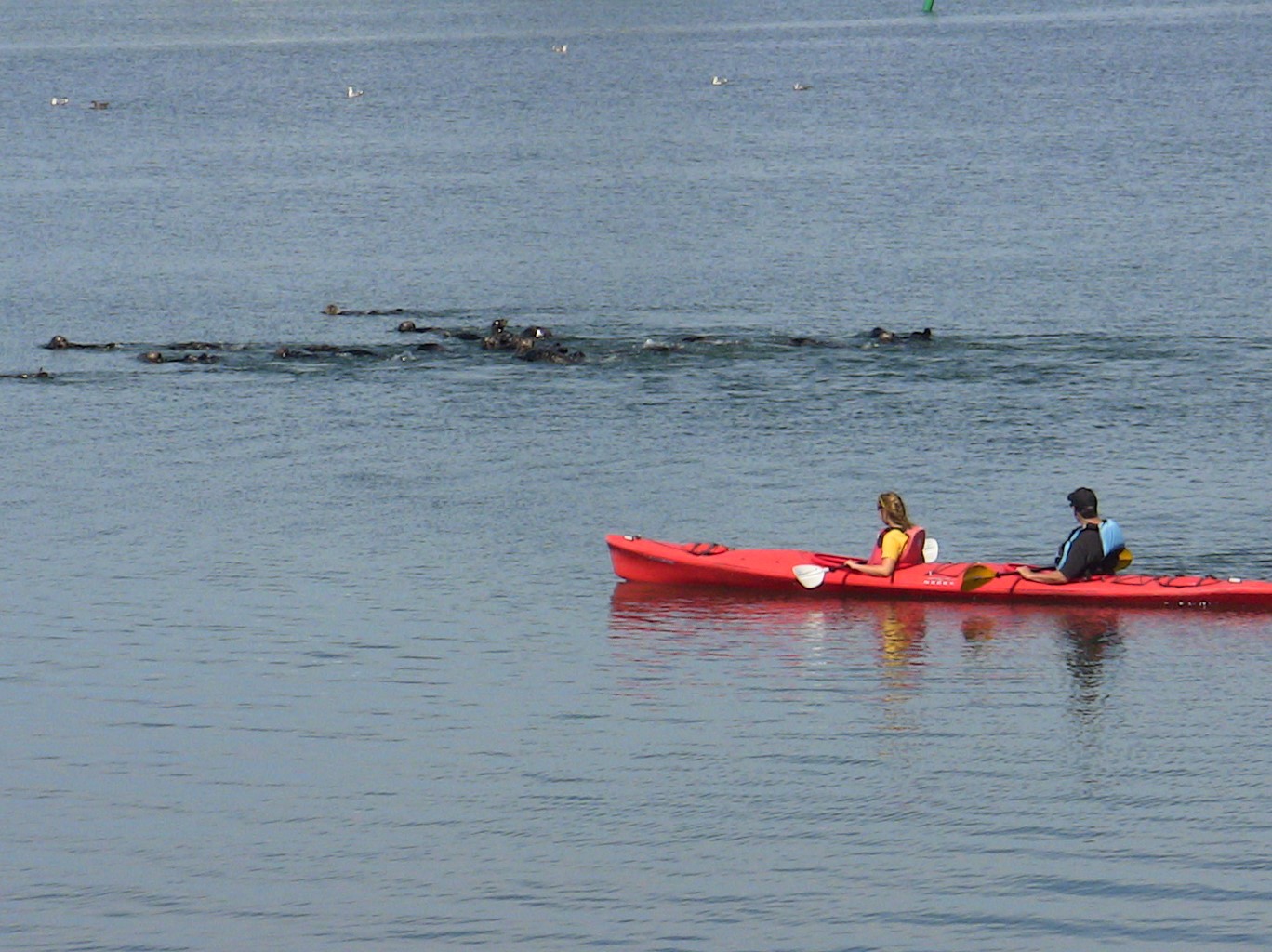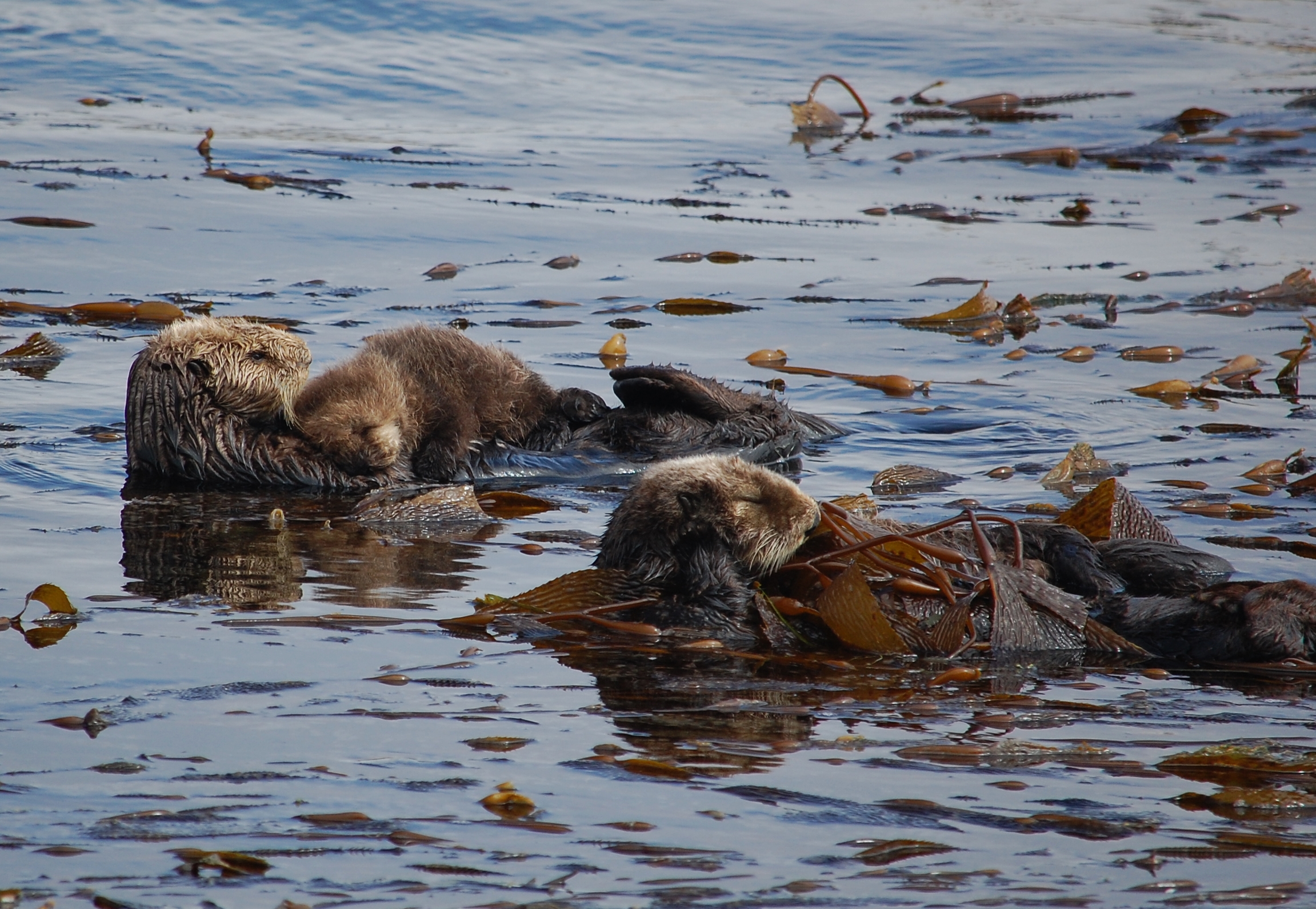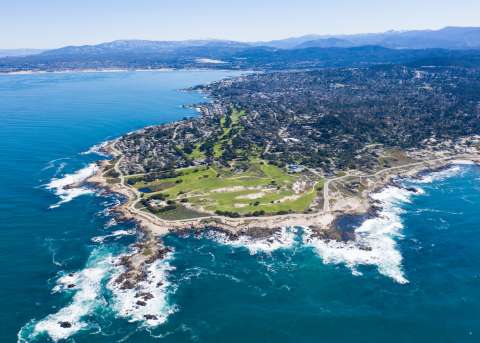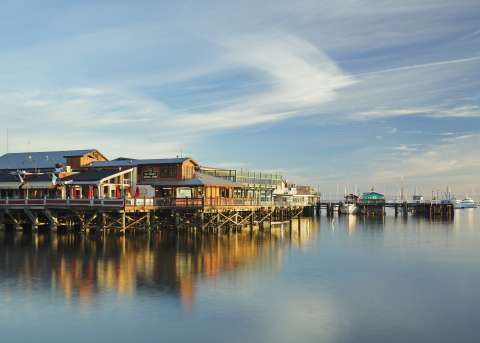Photo Credit: Joan Tisdale
Monterey Bay is a coastal haven not only to humans enjoying ocean recreation activities, but also to a diverse community of marine wildlife. As residents and visitors enjoy the amazing outdoor activities Monterey Bay has to offer, they will unavoidably cross paths with some of the non-human residents that call this special place home. Sea otters, seabirds, shorebirds, harbor seals, sea lions, marine invertebrates, and fishes all find important resources—food, shelter, mates—in the same places we love to paddle, swim, dive, or stroll.

Photo Credit: Gena Bentall
When you encounter wildlife, be aware of how your actions affect them, and consider that you will likely not be the only person that pelican or sea otter meets that day. Let’s hear from some of Monterey Bay’s wild residents about what they need to stay healthy and stress free:
From the Seabirds.....
“We are the seabirds of the Central Coast, and you will be visiting us in our home. We nest on the cliffs and offshore rocks from January to August, and rest in those places year-round. We are fun to watch feeding our young, trying our first flight, or diving for fish. Remember to bring some binoculars for a close-up look.
We share the coast with you, so please remember this is our home too! Humans may not realize that we have nests along the coast. Please remember when you explore the coast on your next visit to give us plenty of space. If we notice you fishing, walking, or kayaking, you are already too close! Please back away and observe us from a distance that makes us feel safe in our home. Please do not make us fly, because our eggs or chicks will be left to fall, freeze, or become food for a predator. Thank you for keeping our seabird families thriving!” - The Seabirds of Monterey Bay
From the Sea Otters...
“I am a sea otter from Monterey Bay. Look for me and my fellow sea otters eating, swimming and sleeping on our backs. I dive to the sea floor to find prey and use my belly as a table. If you look with binoculars you may be able to see what I’m eating! Since I don’t have a layer of fat to keep warm and store energy, my energy bank account must balance each day. When you come too close with your kayak or boat I may get frightened and swim or dive to escape, wasting energy that I need for feeding, grooming my fur, swimming, and staying warm. If I get too used to people being near, I may bite! Humans that quietly observe from no closer than 5 kayak lengths will be able to observe my interesting behaviors without disturbing me—If I’m looking at you, you’re too close!
Shhhhh, the coastal waters of Monterey Bay are my nursery. You will often find me wrapped in kelp or nestled in eelgrass beds with other sea otters when I sleep—a group of us is called a raft. I have a pup once each year (I may have a pup in any season) and conserving energy is especially important then—when I’m caring for a pup I use twice as much energy! My pup rides on my belly and I spend a lot of time grooming, nursing, and foraging for extra food. Never chase after me, or any sea otter, for a photo! Thanks for keeping me and my pup healthy by giving us extra space and respect!” – The Sea Otters of Monterey Bay

Photo Credit: Gena Bentall
Enjoy the marine wildlife that call Monterey Bay home but remember to leave in your wake no trace that you were there, not even a moment of unnecessary swimming or stress. Treat your wild neighbors with the same courtesy and respect you expect of guests in your home and you will become stewards of this extraordinary coastal community. Challenge yourself to not ruffle a feather or move a flipper as you explore the bay!
Before you begin to explore Monterey Bay’s shores and waters, take a few moments to learn how you can be a good coastal citizen by visiting websites for Ocean Etiquette, Seabirds and Marine Mammals.
Learn why sea otters are sensitive to human disturbance and how you can help prevent it: www.seaottersavvy.org/





